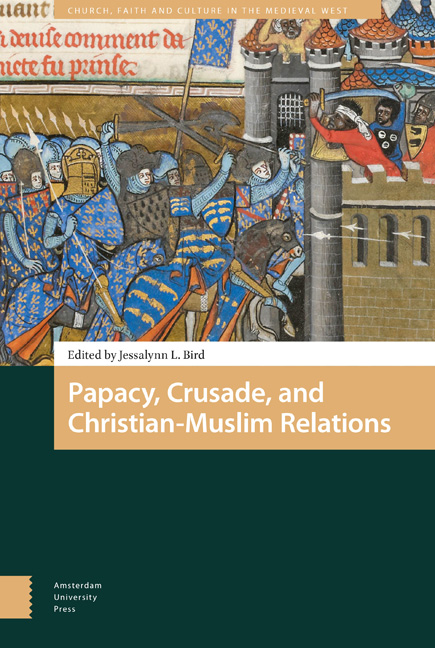9 - The Stones of Damietta: Remembering the Fifth Crusade
Published online by Cambridge University Press: 22 December 2020
Summary
Abstract
This article examines the transformation of Damietta's sacred space across the thirteenth century. In so doing, it shows how places were used by medieval commentators to convey particular stories about the past and how those stories underpinned contemporary ambitions. These stories, told both by eyewitnesses and by those far removed from the events of the crusades, also reveal something of how the Fifth Crusade itself was remembered after the early thirteenth century and during the Seventh Crusade. The city of Damietta was intrinsic to early memories of the crusade, but as the years went by and the Fifth Crusade receded into a distant past, the individual royal crusader – King Louis IX – came to embody and convey crusade memory.
Keywords: Damietta; memory; Louis IX; Seventh Crusade; Fifth Crusade
In March 1220 the bishop of Acre, Jacques de Vitry, wrote a letter to Pope Honorius III in which he described in triumphant tones the capture of the Egyptian port city of Damietta.
The city that was the glory of the pagans, the city that was the security of unbelievers, the city most heavily fortified and unconquered, besieged many times by many kings and people and never overcome, in our days He subdued it for the Holy Church and the army of Christians.
Although he disclosed later in this letter that the horror of siege warfare weighed heavily on his mind, Jacques de Vitry wanted to communicate the miraculous and wonderful nature of this great victory for the armies of the Fifth Crusade. As with his contemporary Oliver of Paderborn, he wrote of the ‘cleansing’ of the city in the aftermath of the siege and described a lantern-lit procession which passed through streets recently cleared of corpses. This procession ended at a significant religious site – the main mosque of Damietta. On the Feast of the Purification (2 February), this mosque was transformed into a cathedral, dedicated to the Virgin and consecrated by the papal legate Cardinal Pelagius. It seems to have been one of a number of newly Christianized sites in Damietta: as Jacques writes: ‘many other churches were set up within the city limits with the expulsion of the faithless Muhammad’.
- Type
- Chapter
- Information
- Papacy, Crusade, and Christian-Muslim Relations , pp. 195 - 210Publisher: Amsterdam University PressPrint publication year: 2018



